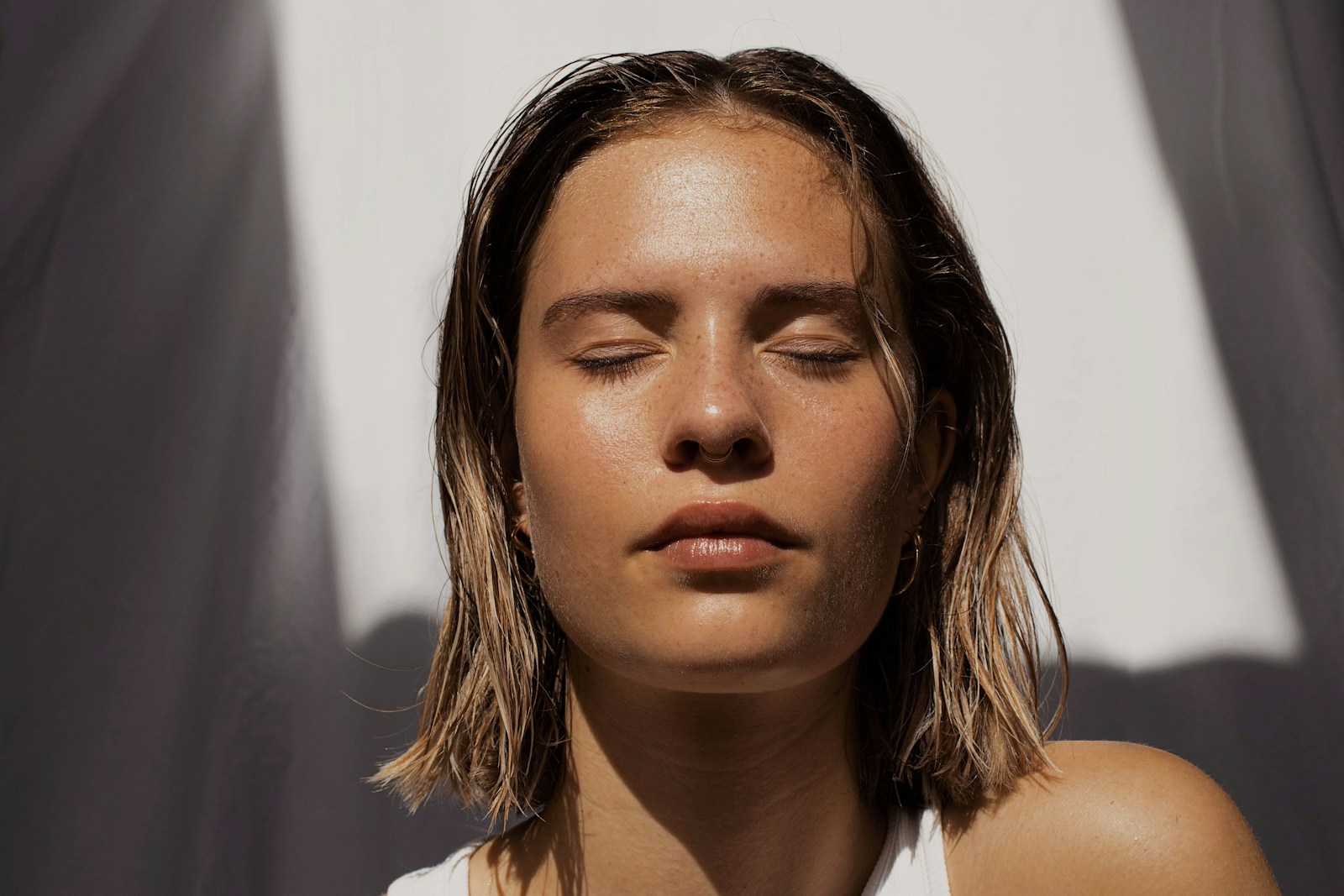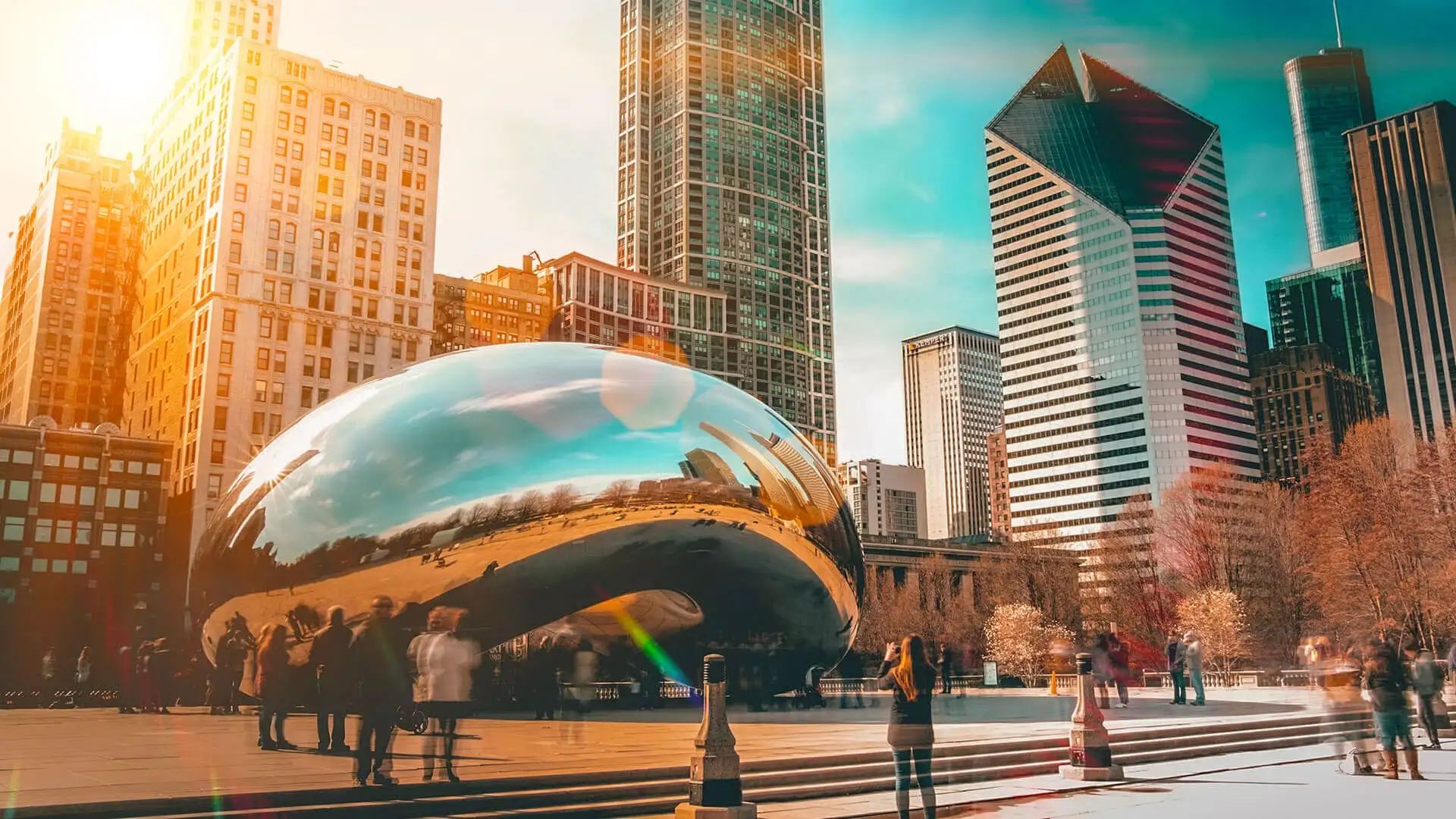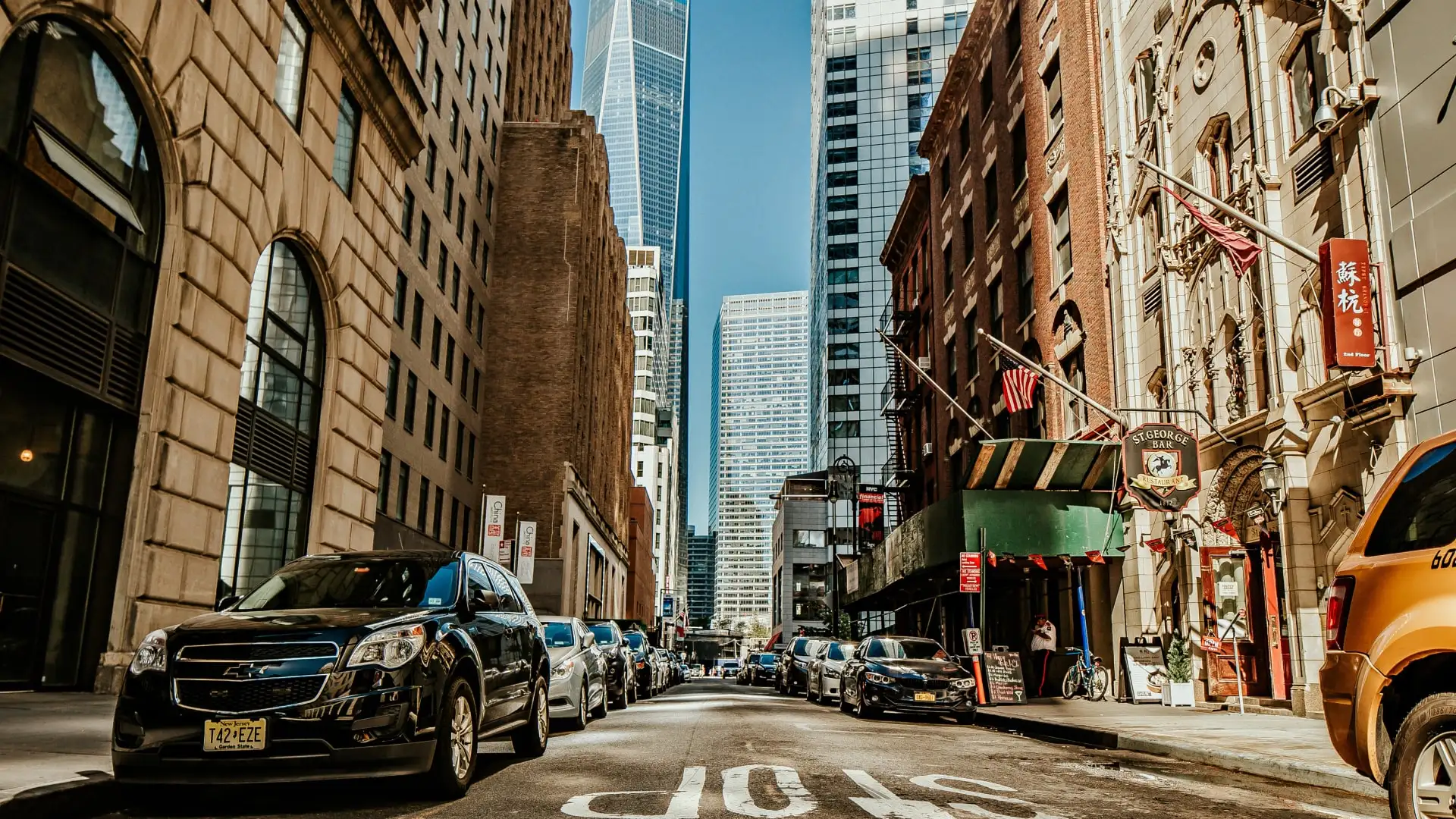

With coronavirus not looking as though it’s going away anytime soon, the wearing of face masks is a necessary precaution to help prevent the spread of the virus. It is our duty as decent human beings to protect both ourselves and others, no matter how strange or how uncomfortable it may feel. However, there are some side effects from wearing masks, especially if worn for long periods of time, one of which is something social media has nattily labelled ‘maskne’ or to you and me – mask induced acne.
What Is Maskne?
Maskne occurs because of a number of different reasons:
- Irritation caused by rubbing and friction fro the mask.
- The moist, environment crated by breath.
- A build up of sweat, oil, and bacteria, which has nowhere to escape.
- Resulting in clogged pores.
Mask induced acne is by no means a new problem, medical professionals who wear masks as part of their jobs will already have experienced this issue, however now that most of us are wearing them, the problem has naturally exacerbated. The main area affected by maskne is the skin around the nose, the chin, and mouth – basically all the bits covered by the mask. And the problem is that these areas are also some of the most delicate areas of our face, so not only are we seeing more cases of acne, but there is also increased risk of other skin flair ups, such as sensitivity, soreness, chaffing, dermatitis and rosacea.
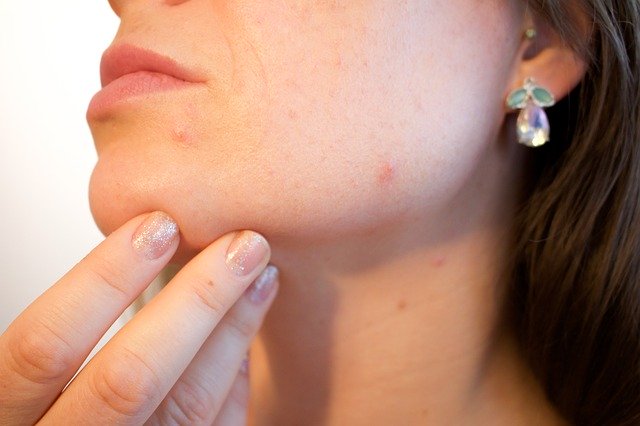

What Can I Do To Prevent Getting Maskne?
The obvious answer is to stop wearing a mask altogether, but considering the current state of affairs that simply isn’t a possibility. Which means we need to come up with some other preventative measures to help get our ravaged skin back to how it was before coronavirus was even a thing.
Thankfully there are some things we can do to help the situation:
Make Sure It’s A Good Fit
First and foremost it is imperative that you wear a mask that fits properly. Not only is this important in terms of actually serving the main purpose of keeping those pesky germs in and out, but if it fits properly it means there is less movement and therefore less chance of rubbing. Your mask should be large enough to cover your mouth and nose and ideally have no gaps at the side. If you have a smaller head you may find that the mask gapes more than you would like. This can usually be remedied by altering the straps, either by tying a knot to make them shorter or some masks have adjustable straps for a more custom fit. On the flipside a mask shouldn’t be too tight either as this can be uncomfortable and also cause irritation. Choose a breathable, soft and layered fabric (cotton and washable silk are both good options), with adjustable straps and a bendable section to sit on the bridge of the nose, this helps to shape the mask to your face and if you’re a glasses wearer it should also help with any fogging up issues!
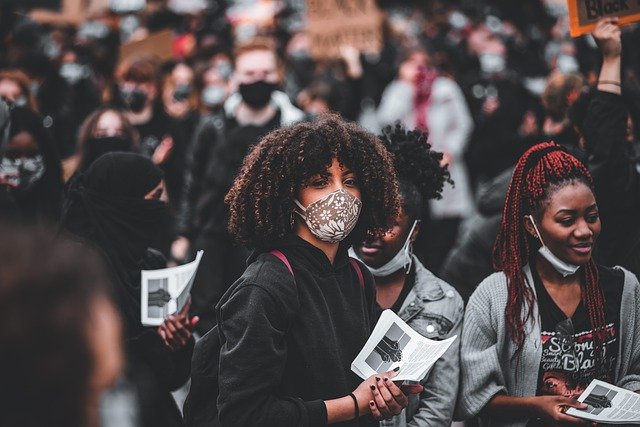

Wash/Change Your Mask Regularly
Whenever your mask touches your face it comes into contact with oil, sweat, saliva etc. Combine this dirt with a warm, moist environment and it is becomes a breeding ground for bacteria. In much the same way as you wouldn’t wear the same pair of pants two days in a row (well I hope you wouldn’t anyway!) neither should you wear the same mask for two days straight. If you use disposable masks then the chances are you’re changing them regularly, after all they are designed as a one use product. However, if you’ve opted for the more environmentally friendly reusable option, of which there are many different ones available, you need to make sure it goes in the wash at the end of every day.
Buy a selection of masks that you can rotate while the others are in the wash, and store them in individual zipped bags to stop them from getting contaminated in your handbag or pocket. If you have sensitive skin, make sure you wash your mask with a gentle, fragrance free laundry detergent and it’s probably a good idea to leave out the fabric conditioner too.


Cleanse, Tone And Moisturise!
It is just as important to keep your face clean as it is to keep your mask clean, so if you’ve been a bit slack with the old cleanse, tone and moisturise routine of late, now is the time to up your skincare game. If you want to try and avoid the dreaded maskne, it’s really important to get into a good skincare routine both in the morning and at the end of the day too.
Morning – It’s really important that you start off with a clean face before you don your mask for the day, otherwise the dirt remains trapped underneath and can lead to blocked pores and breakouts. Use a gentle cleanser to remove any overnight dirt and rinse with lukewarm water, then wipe over with a toner to help close pores and restore the pH balance of your skin. In terms of moisturiser, go for one that lists ceramides, hyaluronic acid, or dimethicone within its ingredients to provide a protective barrier between your face and your mask and to keep it hydrated throughout the day.
Night – When the mask comes off of an evening it’s all about the double cleansing to remove the initial traces of dirt and then to really get down to the deep rooted dirt. Your skin is likely to be extra sensitive, so after you’ve cleansed your face and rinsed with water, gently pat dry your skin to avoid further irritation. Tone as usual and then apply a good quality moisturiser to put back all that lost moisture.
Twice a week – You may already use face masks once a week as part of your skincare routine and that’s brilliant if you do as this will help draw out impurities and bacteria from the deeper layers of your skin. But now that you’re wearing another type of mask you may want to make your weekly home spa treatment into a twice weekly event to give your complexion a boost and to keep maskne at bay.
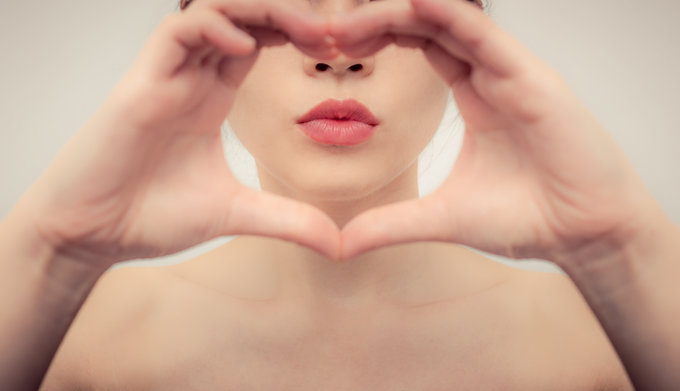

Go Make Up Free
I’ve never been someone who wears a great deal of make up, maybe a bit of concealer, translucent powder and some mascara, but during lockdown and even now afterwards I often go out without wearing any – and it’s been a revolution to my skin. If you suffer from spot prone skin, the temptation to cover spots up is obviously understandable, but of course the make up only really exacerbates the problem and it becomes a bit of a vicious cycle.
Wearing make up under a mask is even worse, as the lack of air to the surface of the skin combined with extra sweat and oil causes clogged pores and more breakouts. Not only that, but make up, especially heavy foundation, will soil your mask and make it a haven for bacteria – exactly what you’re trying to avoid!
Ideally you should go make up free if you know you’re going to be wearing your mask for long periods of time. However, if you really cannot stand the idea of going completely bare faced try to use lighter products and make sure your cleansing routine is thoroughly up to scratch.


We all need to do our bit right now and if that’s as simple as putting on a mask when we need to, then it’s really no great hardship, especially if you follow the tips above to help prevent the dreaded maskne.
Have you got any skincare tips to prevent maskne?
Content retrieved from: https://artofhealthyliving.com/mask-induced-acne-how-to-prevent-maskne/.



